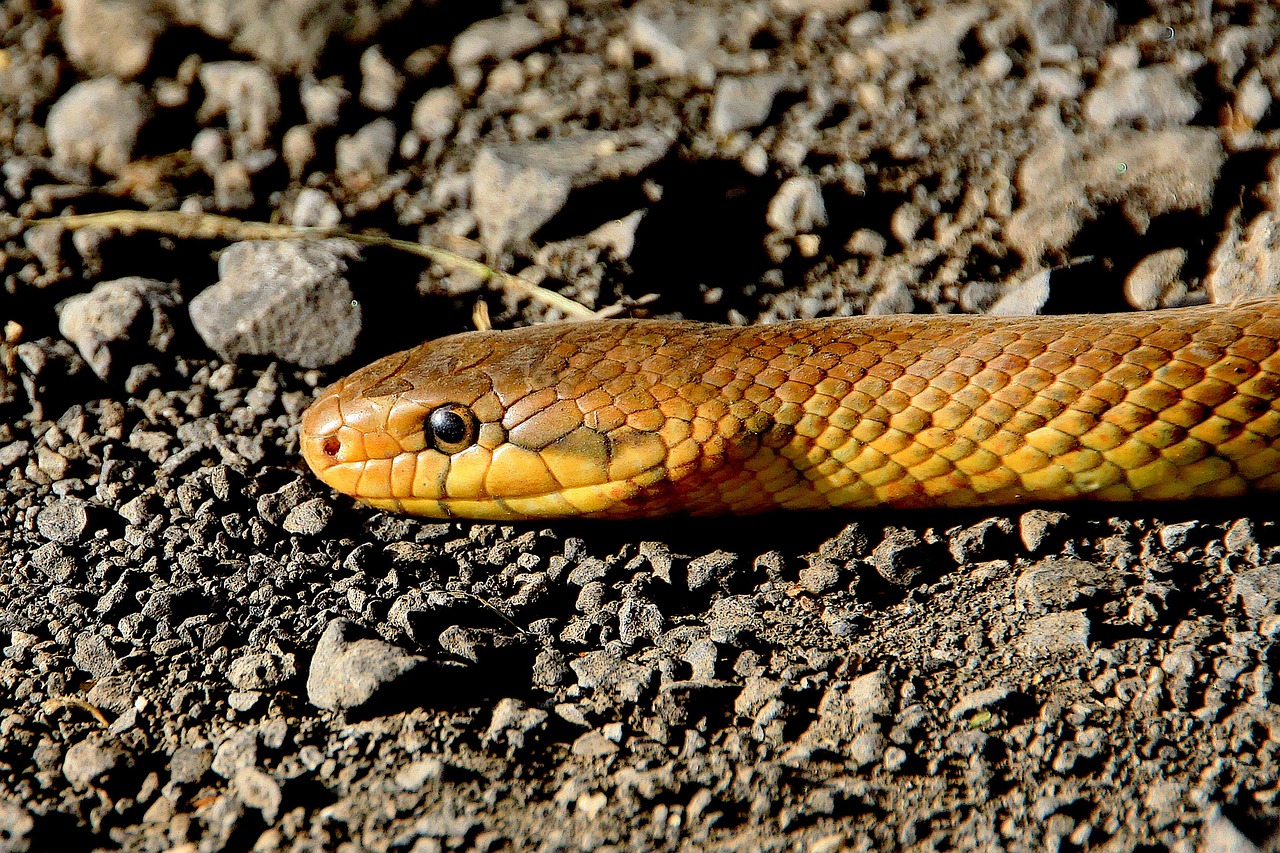Snakes, with their diverse habitats and lifestyles, can thrive in a variety of environments, including those with aquatic features. Incorporating water elements into snake enclosures not only enriches their living space but also provides opportunities for natural behaviors, hydration, and thermoregulation. In this article, we’ll explore the art of creating aquatic environments for snakes, from designing naturalistic habitats to selecting suitable water features for different species.
1. Understanding Snake Aquatic Habitats: A Diversity of Environments
Aquatic Adaptations:
- Semi-Aquatic Species: Some snake species are semi-aquatic, meaning they spend part of their time in water and part on land. Examples include water snakes, garter snakes, and anacondas, which rely on aquatic habitats for hunting, breeding, and thermoregulation.
- Terrestrial Snakes with Aquatic Needs: Even terrestrial snake species may benefit from access to water features for drinking, soaking, and maintaining hydration levels, especially in arid or semi-arid environments.
2. Designing Aquatic Enclosures: Mimicking Natural Environments
Habitat Design:
- Research and Observation: Before designing an aquatic enclosure, research the natural habitat and behavior of the snake species you plan to keep. Consider factors such as water temperature, pH levels, substrate composition, and available hiding spots.
- Replicating Natural Features: Incorporate naturalistic elements such as rocks, branches, driftwood, and live or artificial aquatic plants to create a visually appealing and functional habitat. Mimic the layout and structure of streams, ponds, or wetlands found in the snake’s native range.
3. Selecting Suitable Water Features: Options for Aquatic Environments
Water Feature Options:
- Shallow Water Dishes: For terrestrial snakes, provide shallow water dishes or bowls filled with clean, dechlorinated water for drinking, soaking, and bathing. Choose dishes with smooth edges and non-slip surfaces to prevent injury and facilitate easy access.
- Aquatic Enclosures: For semi-aquatic species, consider setting up custom-built enclosures with integrated water features, such as shallow pools, streams, or waterfalls. Use aquariums, terrariums, or custom vivariums with waterproof seals and proper drainage systems to prevent water leakage and maintain humidity levels.
4. Maintenance and Care: Ensuring Clean and Healthy Environments
Hygiene and Cleaning:
- Regular Monitoring: Monitor water quality parameters such as temperature, pH, ammonia levels, and chlorine concentrations to ensure optimal conditions for aquatic snakes. Use water test kits and thermometers to assess water quality and make necessary adjustments.
- Water Changes: Perform regular water changes and cleanings to remove debris, feces, and excess food particles from water dishes and aquatic enclosures. Replace water with fresh, dechlorinated water to prevent bacterial growth and maintain water clarity.
5. Environmental Enrichment: Enhancing Snake Well-Being
Behavioral Enrichment:
- Aquatic Activities: Provide opportunities for snakes to engage in natural behaviors such as swimming, basking, and exploring aquatic environments. Offer a variety of enrichment items such as floating platforms, submerged hides, and climbing structures to encourage physical activity and mental stimulation.
- Feeding Strategies: Experiment with feeding strategies such as offering live or frozen-thawed prey items in water to simulate hunting behavior and promote natural feeding responses in aquatic snakes.
Conclusion: Navigating Aquatic Realms with Serpentine Residents
Creating aquatic environments for snakes not only enhances their physical well-being but also allows keepers to explore the rich diversity of aquatic ecosystems. By carefully designing and maintaining aquatic enclosures, snake enthusiasts can provide enriching habitats that mimic the natural environments of their serpentine companions. Whether it’s a shallow water dish for a terrestrial snake or a custom-built vivarium for a semi-aquatic species, incorporating water features into snake habitats opens up a world of possibilities for both keepers and their aquatic residents.
